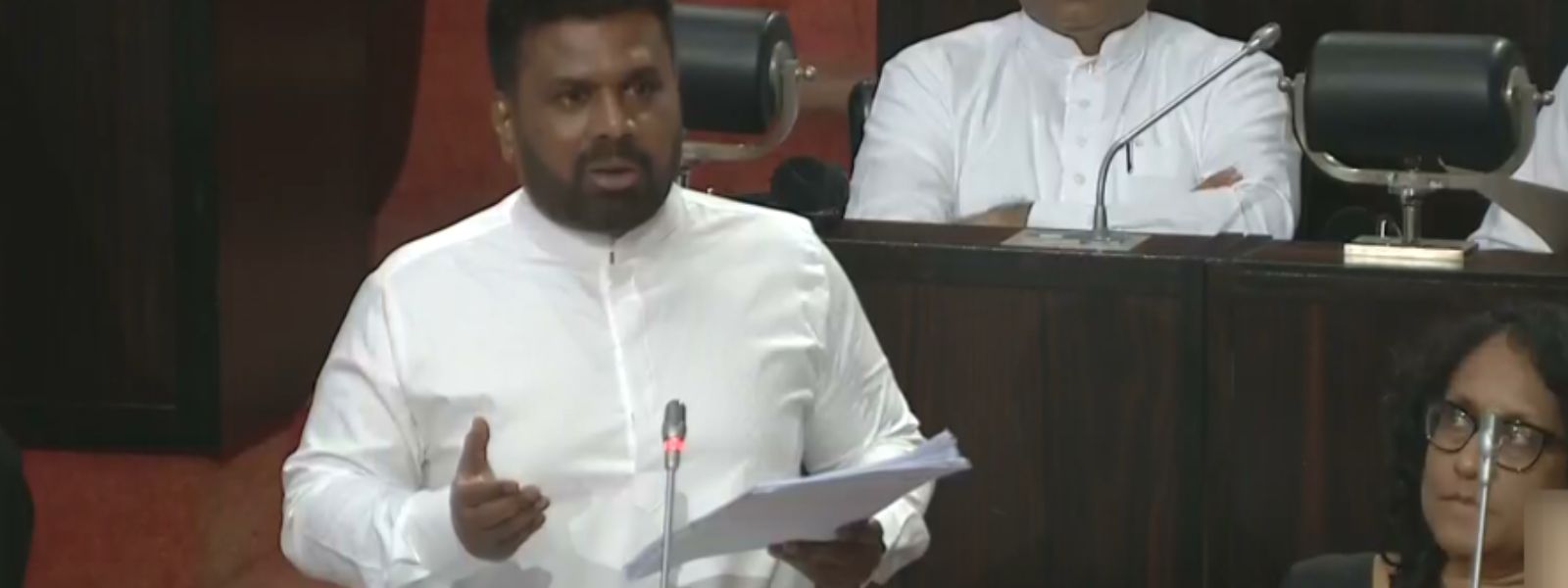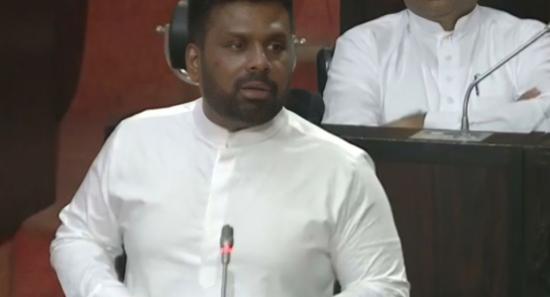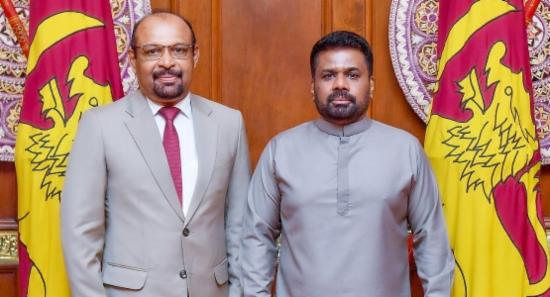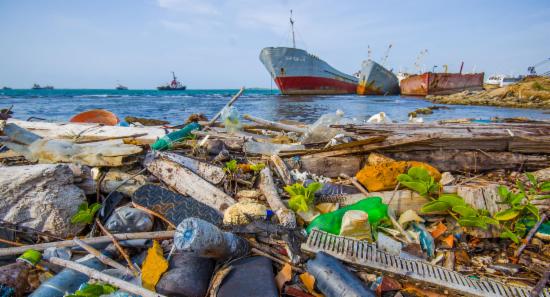.webp)

Sri Lanka Can Pay Its Debts : AKD
COLOMBO (News 1st); Sri Lankan President Anura Kumara Dissanayake presented the 2026 Budget, outlining a comprehensive strategy to ensure debt sustainability, strengthen public finances, and secure long-term economic stability.
The plan focuses on fiscal discipline, revenue growth, and innovative debt restructuring mechanisms tied to governance reforms.
The President emphasized that maintaining the gross financial requirement below 13% of GDP in the medium term and keeping annual foreign currency debt servicing under 4.5% of GDP are key pillars of the strategy. As a result of these measures, public debt as a percentage of GDP has begun to decline, with the government on track to meet its 95% debt-to-GDP target by 2032.
“Given the remarkable performance in public finances and our debt management strategy, we believe there is strong potential to keep public debt below 90% of GDP by 2032,” the President said.
Responding to speculation that Sri Lanka may face difficulties in meeting foreign debt obligations in 2028, President Dissanayake dismissed such claims as baseless.
“There have always been predictions that this government will collapse—first in August, then December, then March. Now they say 2028. Yes, debt repayments will begin after restructuring in 2028. Does that mean we cannot pay? Absolutely not. I will show you the data,” he asserted.
Debt Repayment Data:
2024 foreign debt servicing: USD 1,674 million
2025 foreign debt servicing: USD 2,435 million (USD 1,948 million paid by September 30; another USD 487 million due by December 31)
Increase from 2024 to 2025: USD 761 million
2028 foreign debt servicing: USD 3,259 million (only USD 824 million more than 2025)
“We have already paid USD 761 million more this year than last year. In 2028, the additional amount is only USD 824 million. Can we pay it? Yes, we can,” the President said confidently.
Foreign Earnings and Vehicle Market Impact
Sri Lanka’s foreign earnings have surged:
2024 (up to September): USD 19,338 million
2025: USD 21,272 million (an increase of USD 1,934 million)
“This increase enabled us to make debt repayments of USD 761 million,” he noted.
The President also highlighted the reopening of the vehicle market after five to six years, which led to significant imports:
LCs opened by October 30: USD 1,933 million
Vehicles imported: USD 1,373 million
“This was an expense we did not have last year. I do not expect similar spending next year or in 2027,” he added.
Governance-Linked Bonds and Creditor Relief:
A portion of Sri Lanka’s International Sovereign Bonds (ISBs) has been converted into Governance-Linked Bonds (GLBs), repayable in 2034 and 2035. Creditors have agreed to provide relief based on progress in two key indicators during the restructuring process.
“If we maintain revenue targets above 15.3% of GDP in 2026 and 15.4% in 2027, and announce our fiscal strategy on time, creditors will reduce annual interest rates by 0.75% from 2028 to 2035, saving USD 7.6 million per year,” the President explained.
Revenue Targets and Fiscal Discipline
The government is committed to meeting these targets:
2025: Close to 16% revenue
2026: Above 15.3%
2027: Above 15.4%
“These improvements will allow us to secure the relief offered by creditors. We will not abandon a single objective,” President Dissanayake affirmed.
Other Articles
Featured News





.png )


-814718_550x300.jpg)

-814706_550x300.jpg)






-812087_550x300.jpg)
-810262_550x300.jpg)
-809496_550x300.jpg)

















.gif)